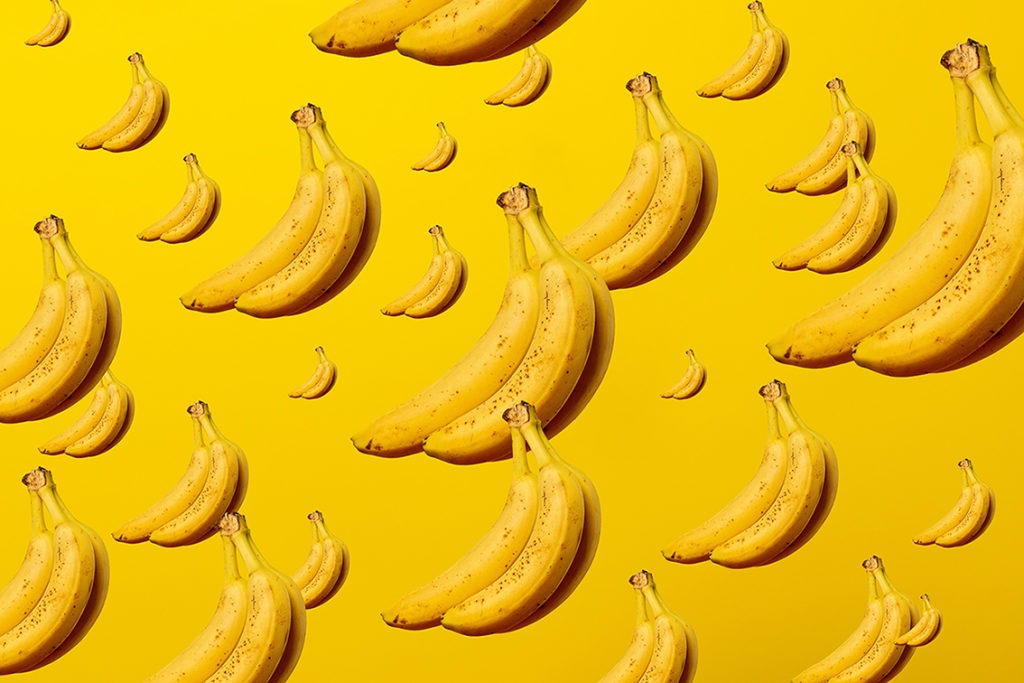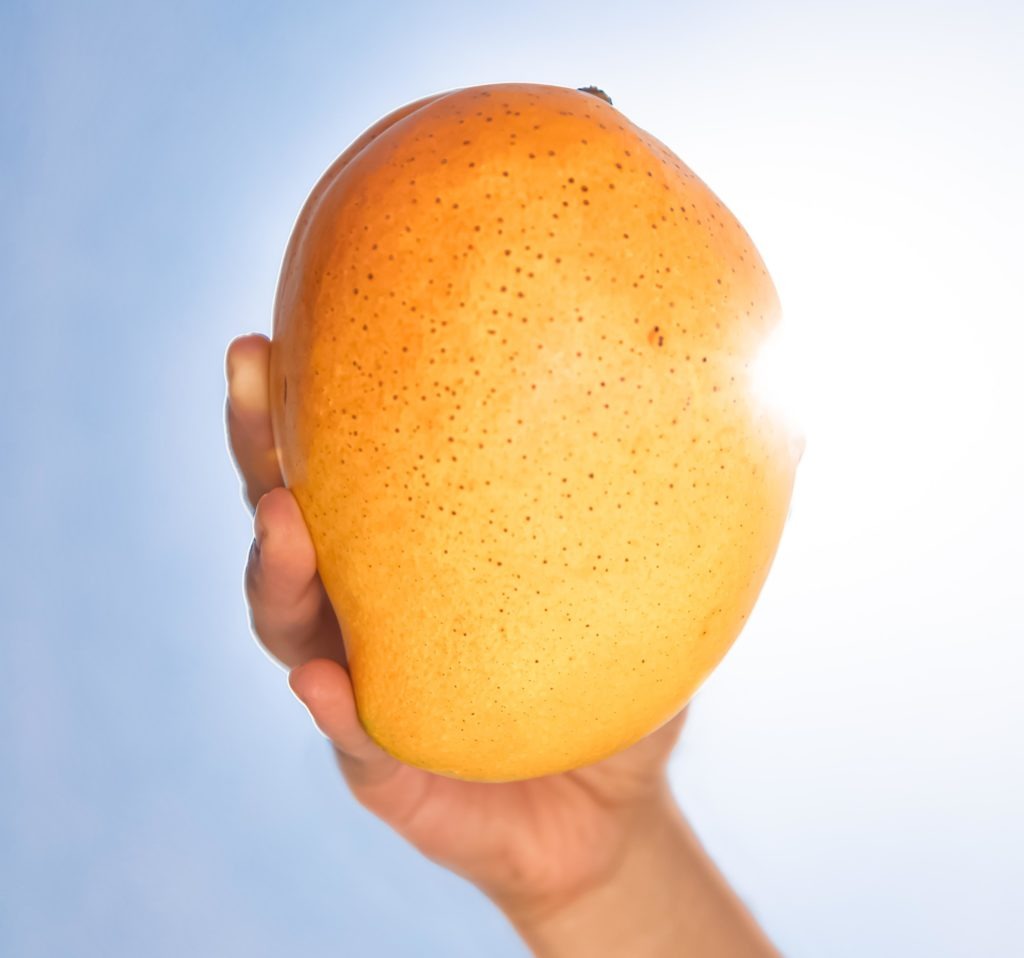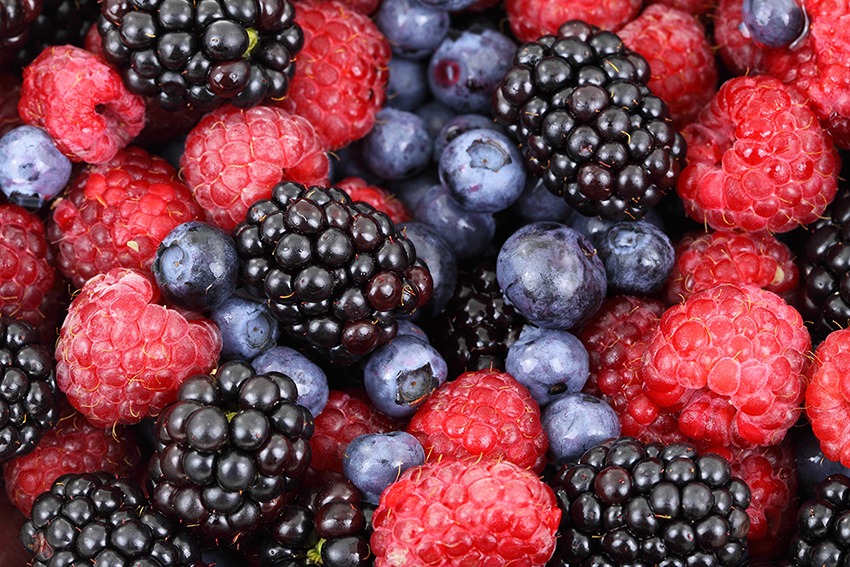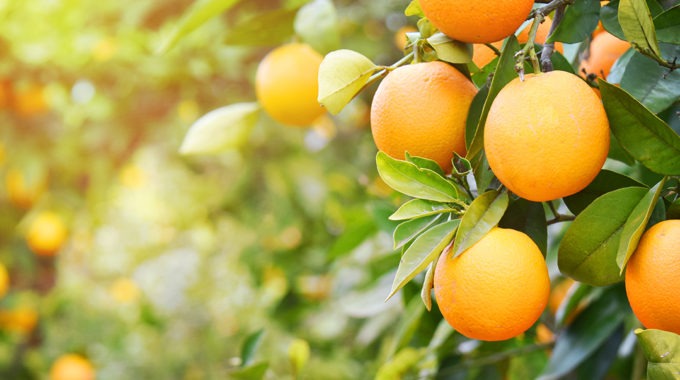Season’s eatings: time to taste the fruit
Eating with the seasons isn’t just a great way to reconnect with the natural cycle of local food supply, it’s also the best way to get the most nutrients out of your fresh produce. When fruits and vegetables are grown out of season, they don’t get to go through their natural growing and ripening rhythms. Artificially ripened produce might lead to a steady supply of your favourite fresh foods year-round, but the processes used to make this happen lead to fruits and vegies that are lower in nutritional value… and lower in flavour.
The vibrancy and colour associated with spring are a perfect reflection of the fruits coming into season right now. They’re ripe, they’re juicy, and they’re ready and waiting to bring you some seriously amazing health benefits. We’ve chosen four top contenders to feature this week, and they all have rather impressive résumés. Check them out, and then follow the advice of the very wise Henry David Thoreau: “Live in each season as it passes; breathe the air, drink the drink, taste the fruit, and resign yourself to the influence of the earth.”

Bananas
Long before Red Bull was even a thing, the banana has been nature’s ultimate go-to energy booster. As well as being a great source of carbs for fuel, ‘nanas are also rich in vitamin B6, which plays a key role in helping your body convert food into energy.
Bananas are also the perfect snack for after a session at the gym because they’re packed with potassium, which can help to reduce muscle soreness post-workout. Meanwhile, the carbs in a banana will also replenish your muscles’ energy stores.
There are also heart health benefits to be had from the humble banana. Potassium is needed for a healthy heart, and particularly for healthy blood pressure. And the antioxidants that bananas contain have also been found to reduce the risk of heart disease.
Fun fact: the inside of a banana peel contains natural oils that can help to relieve itching from mosquito bites. Just rub the peel, flesh-side down, on your mozzie bite.

Mangoes
Low in calories but high on flavour, mangoes are a great source of fibre for a healthy digestive system. One 200 gram serve also gives you up to three times your recommended daily intake of vitamin A – needed for healthy skin, eyes and immunity – and vitamin C. Vitamin C plays a key role in collagen production, and can also reduce inflammation, repair tissue damage and help to fight off infection. Vitamin C also helps your body to absorb iron, which your body needs to transport oxygen.
Mangoes are also one of the best fruit sources of beta-carotene – a powerful antioxidant that has been shown to help protect against everything from ageing to cancer. They also contain a variety of polyphenols, which are plant compounds that function as antioxidants. One of the polyphenols found in mangoes is mangiferin. This is sometimes referred to as a “super antioxidant” – it’s been found to protect against a range of degenerative diseases, and can help to protect the heart.
Fun fact: mangoes are related to pistachios and cashews.

Citrus
Citrus fruits – oranges, mandarins, lemons, limes, grapefruit – are a sensational source of vitamin C, which keeps your skin healthy and your immune system strong. Just one medium orange will give you all the vitamin C you need for a day.
Citrus also contains antioxidant-rich flavonoids, which can help to maintain brain health and reduce your risk of neurodegenerative diseases like Parkinson’s and Alzheimer’s. Flavonoids may also help to protect you against cancer, possibly by suppressing or stopping the formation of cancer cells. The citrate that citrus fruit contains has also been found to reduce the likelihood of developing kidney stones.
Citrus is also high in fibre, including soluble fibre, which can reduce “bad” cholesterol levels and keep your digestive system in good working order, as well as helping to stabilise blood sugar levels and making you feel fuller for longer. This is why you’re better off eating the whole fruit rather than just drinking freshly squeezed juice.
Fun fact: the colour orange is named after the fruit, not the other way around.

Berries
Bright, beautiful berries are indeed deserving of the title “super food”. Even though they might seem too delicious to be good for you, they’re actually one of the healthiest foods you can eat. Berries are a top source of antioxidants – in fact, they have some of the highest antioxidant activity of any commonly eaten fruit.
One of the antioxidants found in abundance in berries (especially blueberries and blackberries) is anthocyanin, which has been linked to everything from heart and brain health to cancer prevention and overall longevity. Berries also contain resveratrol. This antioxidant is probably better known as the potentially beneficial compound found in red wine, but blueberries, strawberries, raspberries, cranberries and mulberries are also loaded with it. Resveratrol may help to slow down ageing due its ability to neutralise free radical damage, and may also improve heart health and reduce the risk of some cancers.
These sweet and juicy little packages are also super high in fibre, and can help you to feel fuller for longer as well as improving blood sugar levels, so tossing a handful onto your morning yoghurt is a smart move. And because they help to lower inflammation in the body, berries are also great for your skin, your heart, your blood vessels and your immune system.
Fun fact: strawberries might help to relieve a headache. They contain natural salicylates, an active ingredient in aspirin. They’re also the only fruit to wear their seeds on the outside.









